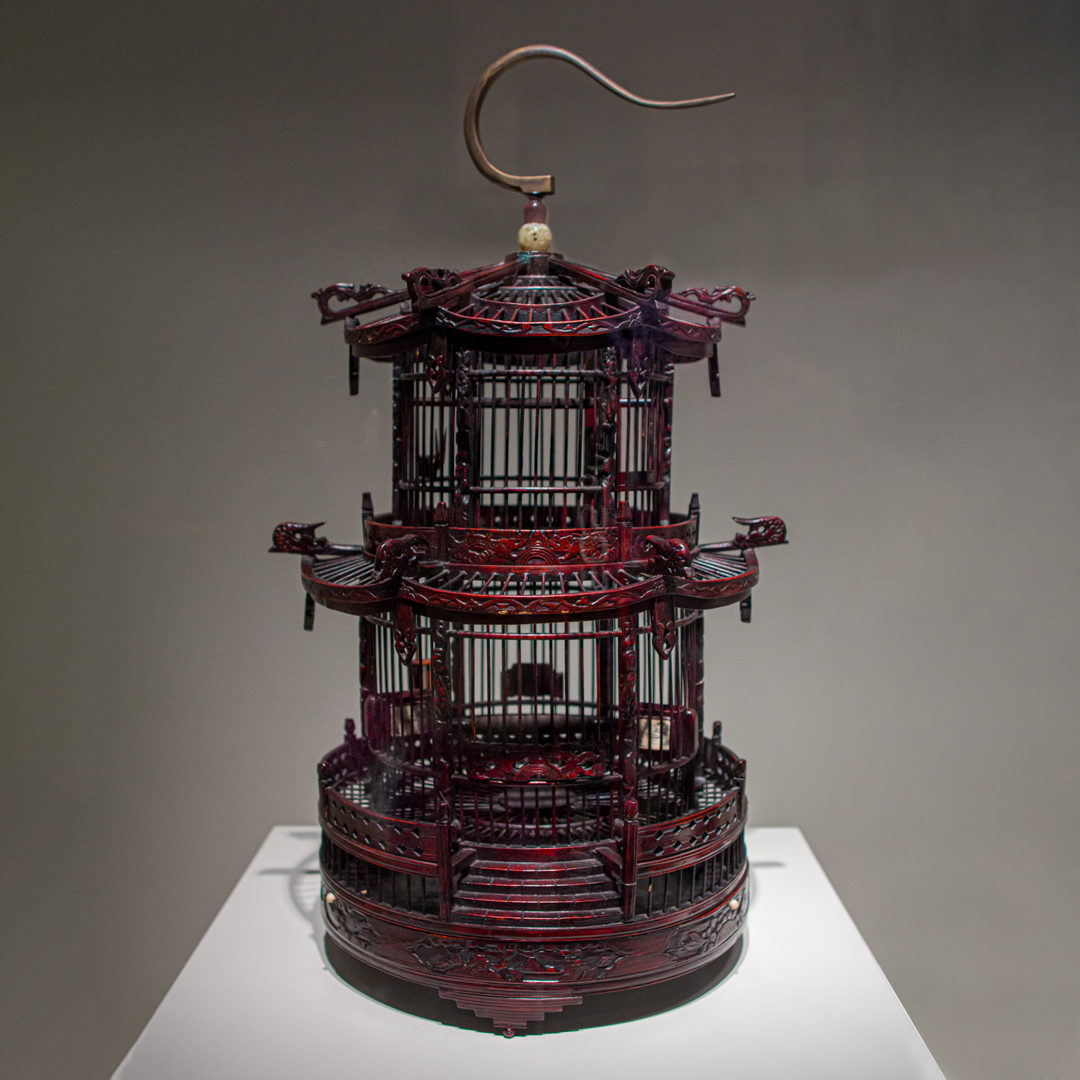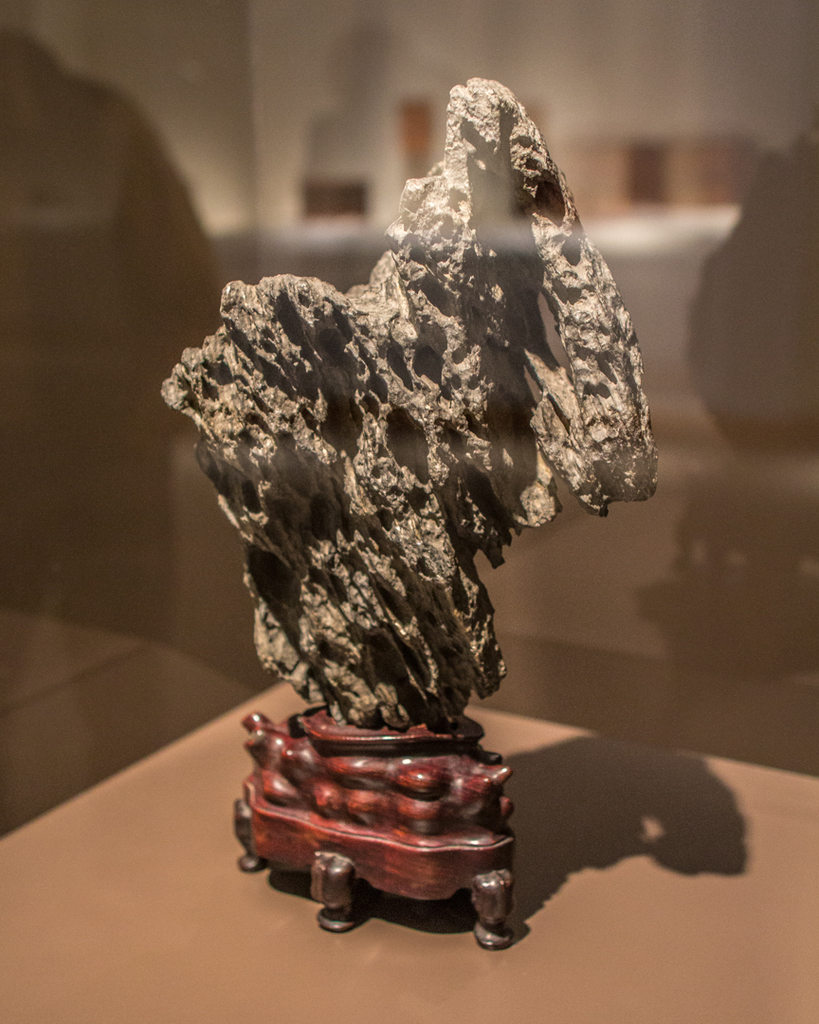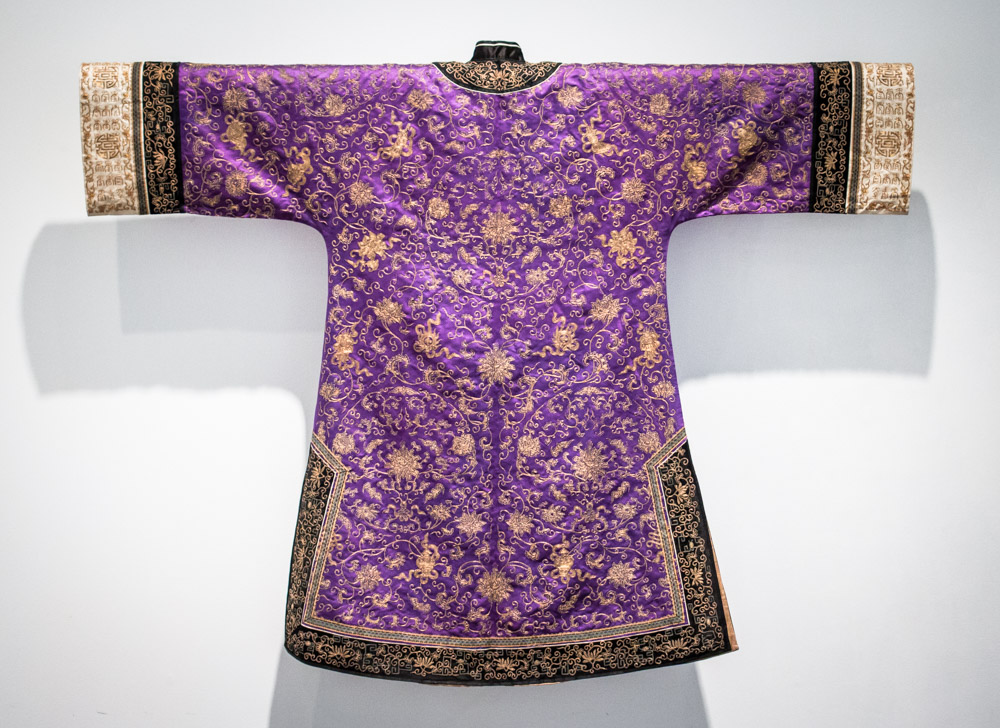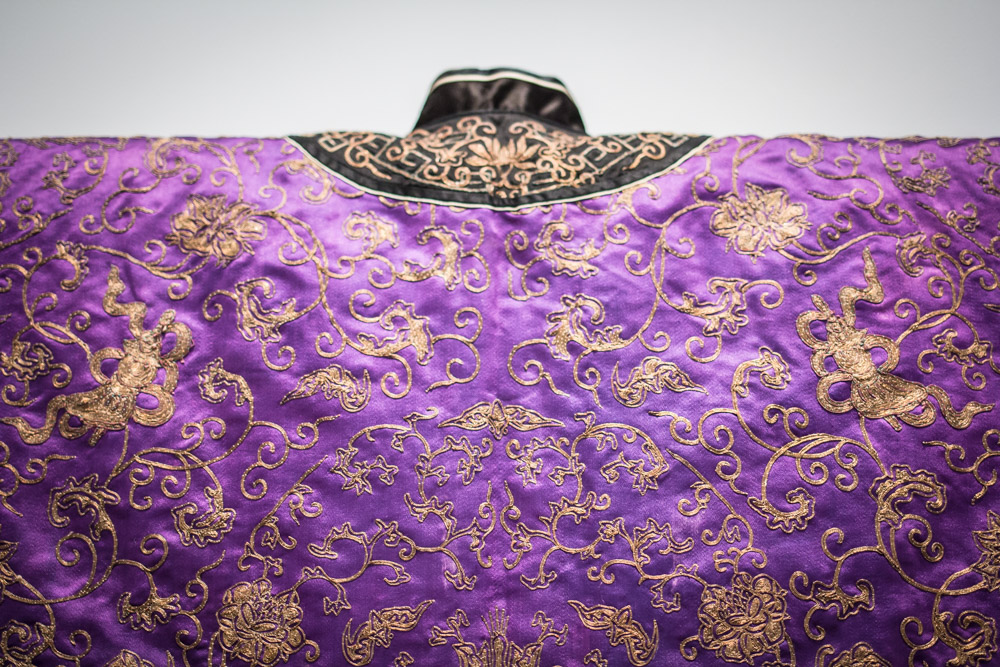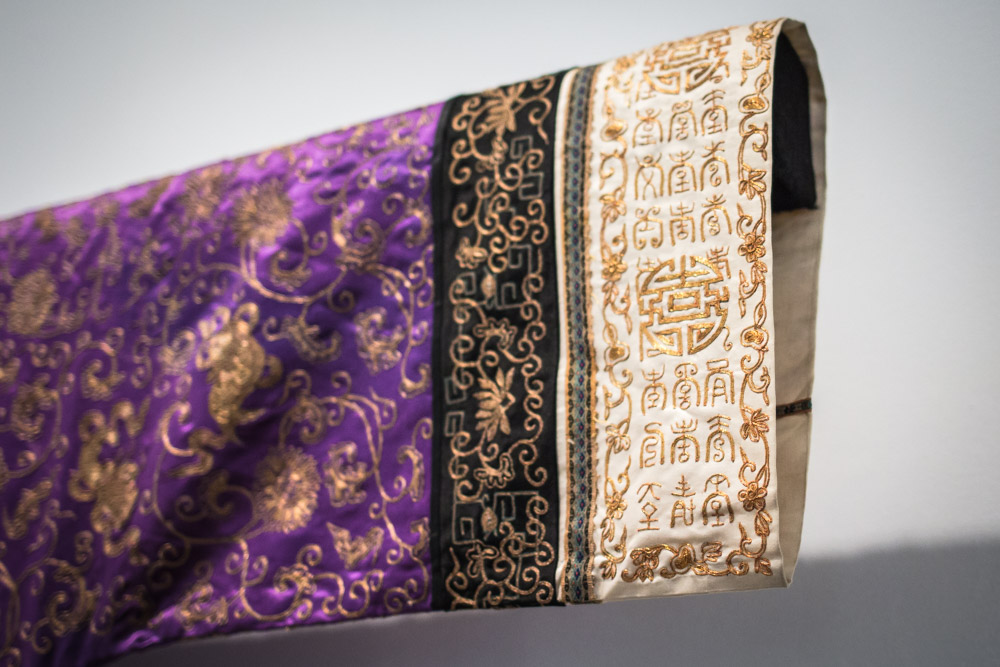Object of the Week: Birdcage
In a scene from the 2008 Disney animated movie, Mulan, Mulan’s grandmother holds a caged cricket, closes her eyes, and crosses a bustling street in China. Like the pet cricket in Mulan, the practice of domesticating and keeping animals in cages such as crickets and birds traces back to China’s earliest records.
This birdcage in SAM’s collection, pictured here, was likely created during the late Qing dynasty (1644-1911) or Republican period (1850-1920). In China, a pronounced appreciation for bird keeping arose during the Qing dynasty. During this period, the Qianlong Emperor (1711-1799) particularly enjoyed raising pet birds, and the emperor’s fascination subsequently permeated China. As aviculture spread throughout the country, many men would stroll through the early morning streets, swinging their birdcages back and forth like a pendulum. To this day, Chinese bird keepers swing cages to encourage birds to grip to their perch, an exercise which prevents birds’ feathers from falling off.
As much as aviculturists value their birds, they equally value the craftsmanship of the birdcages. The maker of this birdcage remains unknown. Crafted from hardwood, ivory, and metal, intricate carvings and patterns are etched into the wood. Ivory insets depict beautiful landscapes, evoking scenes of the world where the bird once flew free. Also notable is the cage’s design, which reflects recognizable architectural features of a pagoda, such as steps trailing up to the door and the two-storied structure. Pagodas originated as sacred places to preserve Buddhist relics, and this distinct structure can be found throughout China’s built environment.
While intricately handcrafted birdcages have diminished recently due to industrialization, the cage markets in Beijing, Shanghai, Guangzhou, and Hong Kong continue to thrive, allowing this rich artistic tradition to live on. See this work on view at SAM in Pure Amusements: Wealth, Leisure, and Culture in Late Imperial China.
– Lauren Farris, SAM Emerging Arts Leader Intern
